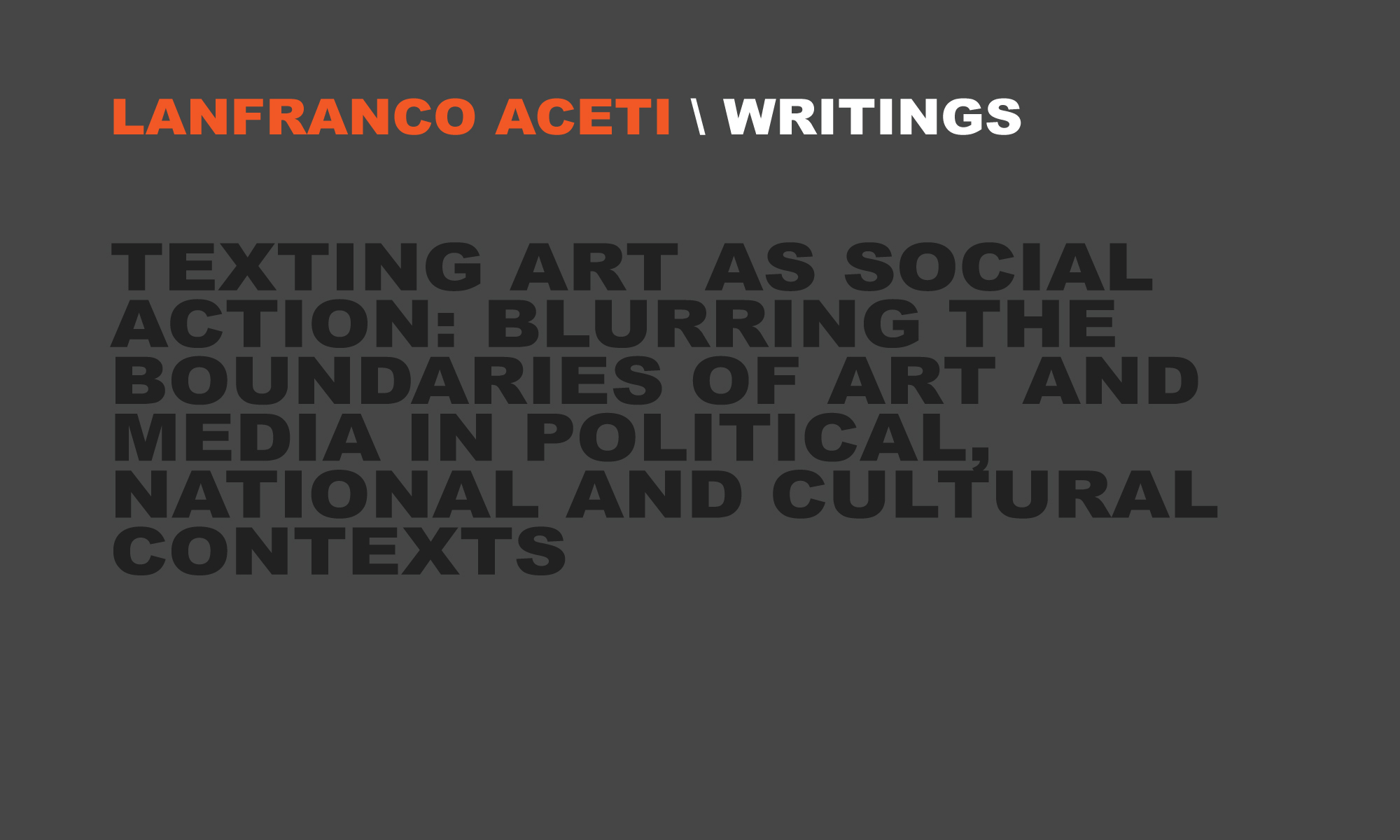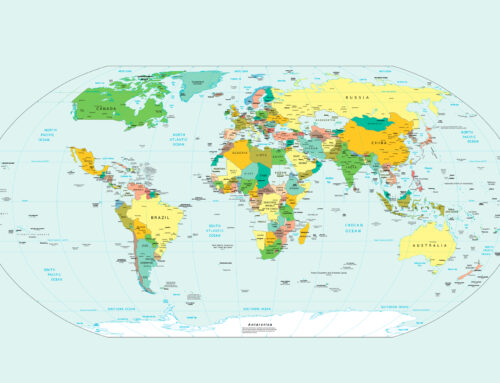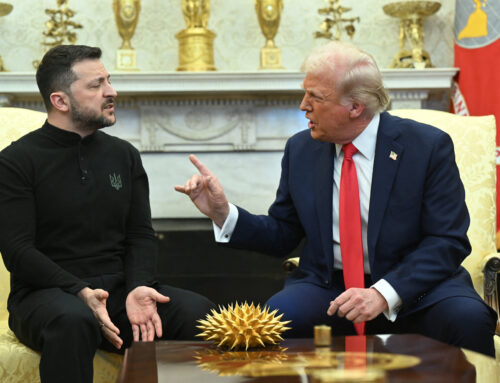ABSTRACT
This essay will address issues related to the merging of text and visual images in online interactions. It will analyze the relationship between Anglo-Saxon and Continental philosophies within the increasingly merging context of words as images.
“I believe that Quinean holism is not so different from the idea that every language has its own genius (as Humboldt said) or – better – that every language expresses a different world view (the Sapir-Whorf hypothesis).”
The paper will focus on the relationship between language specificity and the globalized realm of contemporary electronic textuality within which the boundaries of cultural representation as well as the distinctions between word as text and as image disappear.
In this particular context it is no longer possible to address the issue of contemporary artistic interactions of text through partial analysis of its relevance and relationship to a single discipline. The interdisciplinarity of contemporary digital culture and digital humanities affects the reality of production of text and images, which – contextualized within local realities – engage at an international context.
Electronic texts alter dramatically the modalities of display of the word that, having abandoned its physical typographic form, becomes an electronic image. The image of the word is then recontextualized within larger and more complex contexts – which can be used to alter significantly the original meaning of the text or to engage audiences that otherwise would not have knowledge and/or take part in the event itself.
The possibility of adding and subtracting meaning, guiding the itinerary of the reader/viewer according to the parameters of the author/artist and the unpredictability of the artwork itself (as an event) in an online global stage are all characteristics that present the author/artist with both challenges and opportunities within the online world in general and in particular through contemporary social networks.
The text and the image do not solely shape perception. The visual representation of textuality in electronic formats also shapes engagements and behaviors through online forms of interactions and the blurring between virtual and real.
Louise Shannon, Curator and Deputy Head of Contemporary Programmes at the Victoria and Albert Museum, London, for the exhibition Decode: Digital Design Sensations asked “what do digital technologies allow you to do or investigate that other tools do not?” Golan Levin answered: “I can create behaviour.” [2]
It is this platform based on behavioral engagements that inspires contemporary artists to engage with electronic media re-presenting, within the context of electronic text, historical artistic and aesthetic arguments on the ends and means of contemporary art.
Debates on social action, artistic frameworks and socio-political contexts, inspired by Fluxus artists in the 1960s, are re-presented today in the context of electronic digital media and the flow of information that re-shape interactions and behaviors.
In the context of contemporary electronic text and images it is no longer appropriate to speak of high and low culture but perhaps things should be considered more within the dichotomy of accessible and inaccessible.
The usage and manipulation of the electronic text/image rests with the user and its reproducibility is not a matter of commercialization and aesthetic usage, since the mass usage of the artistic product within online environments is encouraged by the author/artist in a context of globalized acknowledgment and recognition of the aesthetic value of the artistic product.
The paper will conclude by presenting a recent online art project entitled …And Even Today I Did Not Say What I Think, that addresses how the contemporary conflict between text and image, virtual and real, have been embodied in an online platform. It will also analyze the modalities of engagement, interaction and dissemination of the project itself that moves in between the realm of aesthetic appreciation and that of art as social action for behavioral modifications.
KEYWORDS
Texting, social action, digital behavior, digital culture, symbolism, new media art, social networks
ENDNOTES
[1] Umberto Eco, Mouse or Rat? Translation as Negotiation (London: Weidenfeld and Nicolson, 2003), 21[2] Golan Levin’s official Web Site, “Interview for Victoria & Albert Exhibition by Louise Shannon,” Flong., September, 2009, https://www.flong.com/texts/interviews/interview_shannon/ (accessed May 10, 2010).





